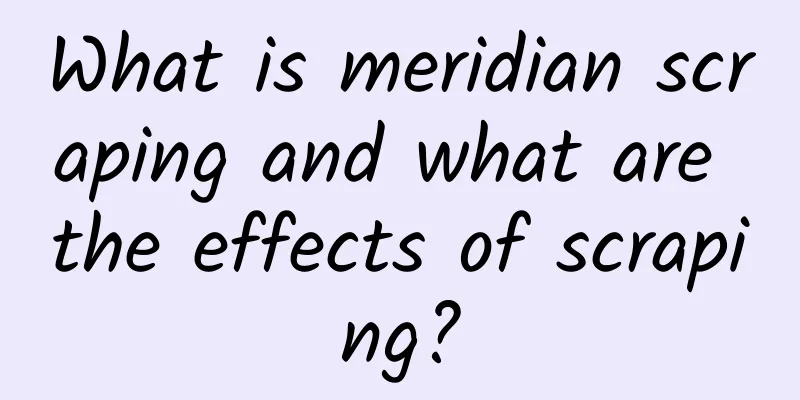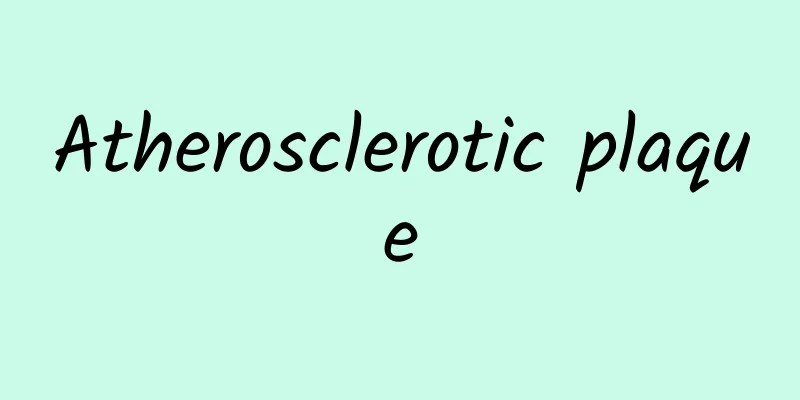What are the Four Diagnoses of Traditional Chinese Medicine?

|
The culture of traditional Chinese medicine has a long history, and many diseases can be cured by traditional Chinese medicine. Purgatory Chinese Medicine, what many people know is not love. The most common treatment method of Chinese Medicine is the Four Diagnostics of Chinese Medicine. So what does the Four Diagnostics of Chinese Medicine refer to? Let’s take a closer look at it next. I hope everyone can learn more about the professional knowledge of Chinese medicine. What are the four diagnostic methods of traditional Chinese medicine? Traditional Chinese medicine diagnosis includes four methods: inspection, auscultation, palpation and palpation, which are collectively referred to as the "Four Methods of Diagnosis". Although each part of the four examinations has its own characteristics, they complement each other. The four examinations, which cannot be neglected, are the key means of collecting clinical data, and collecting clinical data requires objectivity, accuracy, systematization, comprehensiveness and emphasis on the theme. Therefore, the four examinations should not replace each other, but should be integrated with each other to complement each other's strengths and overcome their weaknesses. The four examinations are interconnected and indispensable, so when applied in clinical medicine, they need to be organically integrated. Only in this way can we fully and systematically understand the disease and make the correct diagnosis. What are the four diagnostic methods of traditional Chinese medicine? 1. Inspection That is, the doctor uses vision to observe all visible signs (such as mental state, complexion, skin, nails, tongue, etc.), excretions (such as sputum, feces, etc.) and secretions (such as pus, etc.) of the whole body and parts of the body in a targeted manner to understand the health or disease status. Therefore, patients do not need to scrape their tongue coating, wear makeup, or apply nail polish before seeing a doctor. They should avoid drinking too cold or too hot drinks or eating foods that are easy to stain. If they dye their hair, they should actively inform the doctor to avoid affecting the accuracy of the visual diagnosis. 2. Auscultation Doctors use the auditory system to listen to sounds and the sense of smell to smell odors in order to detect various abnormal sounds and smells emitted by the patient and diagnose the disease. Therefore, patients should avoid eating foods with strong odors before seeing a doctor, such as onions, garlic, oranges, gum, etc. Smoking and drinking will also cause a special odor in the mouth. 3. Patient reception It is a method of diagnosing the disease by understanding the patient or the patient's companion, understanding the occurrence, development, treatment history, current symptoms and his condition related to the disease. Many people think that when seeing a Chinese medicine doctor, the patient does not need to ask for anything, and the condition can be determined by observing the complexion and feeling the pulse. In fact, this is a one-sided misunderstanding. Because Chinese medicine focuses on "four examinations in one", among which, the information obtained from the outpatient clinic is one of the more important bases for diagnosing the disease. Before seeing a doctor, the patient should briefly describe the main discomfort and the time of onset, accompanying symptoms, treatment experience and treatment results, and truthfully respond to the doctor's relevant questions, such as the condition before the onset of the disease, normal physical condition, menstruation, pregnancy and family medical history, etc. 4. Palpation It includes two parts: pulse diagnosis and palpation. Pulse diagnosis is to feel the pulse rate, and palpation is to touch and press certain positions on the patient's body to understand the essential changes of the symptoms or the superficial reactions. Therefore, the patient should keep calm as much as possible before seeing a doctor. It is not suitable to see a doctor immediately after intense mental activity or when the mood is irritable, because it will affect the doctor's pulse diagnosis. The patient should rest for about 30 minutes before seeing a doctor. In the process of diagnosing the disease, doctors must be diligent and responsible, and make patients cooperate with the treatment in order to achieve the actual effect of psychotherapy. During the diagnosis, a quiet environment with sufficient light is required to keep the patient's mood stable and relax his mind and body as much as possible. Doctors should not use provocative words and behaviors to obtain subjective and one-sided information about symptoms. The four examinations should be used systematically and comprehensively, and should be combined with season, climate, living environment, work content, personnel changes, emotional changes, physical fitness, ethnicity, family and other conditions to obtain an appropriate basis for diagnosis. |
<<: How long should deer antler slices be soaked in water and drunk once?
>>: The efficacy, effects and contraindications of Tianjihuang
Recommend
What causes headaches after menstruation?
Women will naturally feel physical discomfort dur...
Difference Between Colon and Rectum
The colon and rectum have different functions. Th...
Symptoms of a bad spleen
Poor spleen function can cause a variety of sympt...
Can Astragalus be soaked in a thermos cup?
Soaking Chinese medicine in water is one of the m...
What causes long-term migraine?
When most people experience headaches, it is caus...
What causes droopy eyelids?
Drooping eyes are quite common in our daily life....
Effects of Snow Lotus
Our modern health science emphasizes diet therapy...
The most reliable methods for men to enhance their sexual performance are here!
Men are all very concerned about methods to enhan...
The difference between rhinitis and cold symptoms
Rhinitis and colds are both relatively common amo...
Treatment of nephritis
There are many common diseases in life. In the tr...
What are the symptoms of hand weakness?
There are many symptoms and manifestations of han...
What to do if you sweat after catching a cold
After catching a cold, the body's physical co...
High blood sugar diet taboos and recipes
Patients with hyperglycemia must strengthen their...
Can clotrimazole cream be applied to the vulva?
Clotrimazole cream is a commonly used drug for th...
Symptoms of herpes vary according to the type of herpes.
When it comes to the types of herpes, they are cl...









